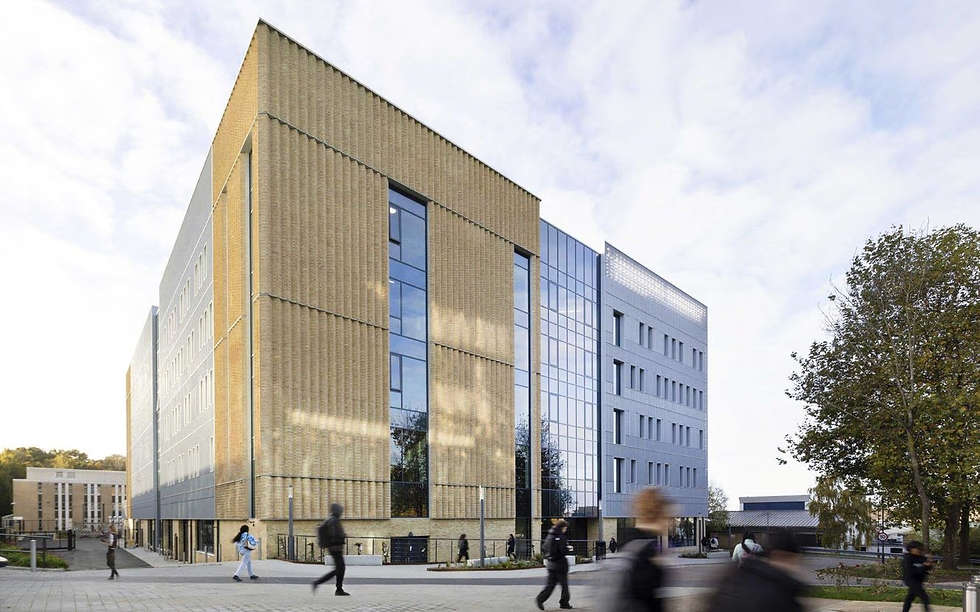'Build better together' - who are we planning for?
- Heather Fearfield
- Jan 10, 2021
- 3 min read

PH Vision master-plan CGI from KCAP Architects (Patrick Henry Village, Heidelberg, Germany - managed by the Internationale Bauausstellung Heidelberg GmBH
We are delighted to bring you this week a guest blog on the need for better planning by Simon Payne, Director of Lambsquay Consulting of Cambridge and former Director of Environment at Cambridge City Council
We are now in the age of three word slogans. ‘Build Back Better’. ‘Hands Face Space’. ‘Check Change Go’. Our complex changing, sometimes threatening world compressed into a short simple instruction. But what is ‘Better’ and where should we go? These questions surely need to be answered by those we are building for.
I started my town planning career in the city of Birmingham in the mid 1970s at the tail end of a comprehensive redevelopment programme that provided for the rehousing of hundreds of thousands of people over three decades. There was no doubt that demolishing unfit housing for modern housing apartments amounted to ‘building back better’. The information films of the time featured men in white coats proudly pointing at great plans describing the wonderful new places. But sadly in time it became clear that these wonderful visions broke up established communities and imposed a way of life that many found isolating and unwelcoming.
The lesson from the post war era was the need for public participation and the ability for the ‘consumers’ of our planned places to shape the new plans. In our time co-design is the imperative. And our age also gives us new opportunities to consult and involve the future occupiers of our new places. Digital tools allow abstract plans to be turned into three dimensional models that viewers can walk through or even fly through. Digital communication tools provide the means for many more people to engage in the conversation and to ensure the true diversity of our society is reflected in our thinking.
In a global world there is plenty of inspiration to be had from other places. I believe we can learn a great deal from cities such as Heidelberg in Germany. The City Government has worked closely with citizens, the University and business in developing redundant areas of the city – Bahnstadt and Patrick Henry Village (a former US Army base) are good examples where zero and positive carbon solutions are creating attractive places where people want to live and work.
But I also think there is another important lesson to be found in the planning of post war redevelopment in Britain. Culture, climate and technology need to work in harmony to create successful places. These three elements are different throughout the world and in my view post war British planning failed to properly recognise this. Different cultures have varying approaches to everyday matters such as need for privacy, tolerance of noise, use and responsibility for shared spaces, personal safety … the list is long. Solutions used successfully in one place sometimes fail in a different context. For instance manicured municipal parks were not sufficient compensation for a private yard or a quiet residential street where children could play overlooked by their parents and neighbours.
Successful planning is not making a choice from a pattern book (even if it is a digital three dimensional one) but engaging in meaningful conversation with those who will use and occupy the new places. I believe it is their view about what is ‘better’ or even ‘beautiful’ that will determine if the choices are successful.
So in the spirit of the time my three word slogan is ‘Build Better Together’.






コメント